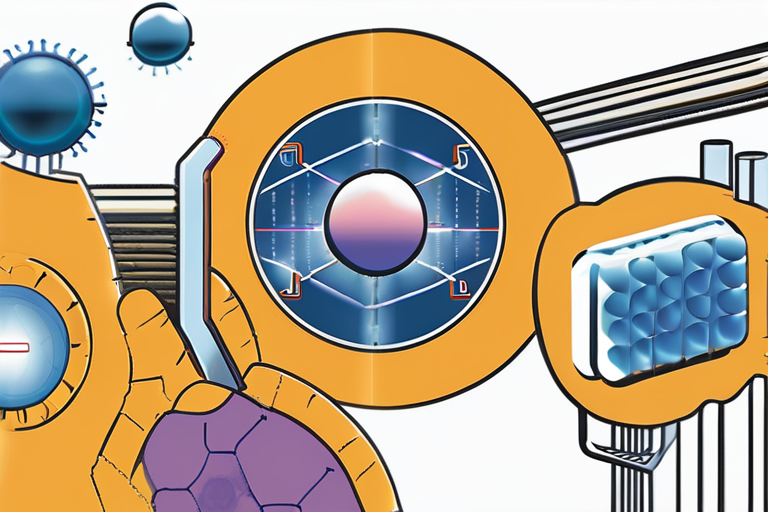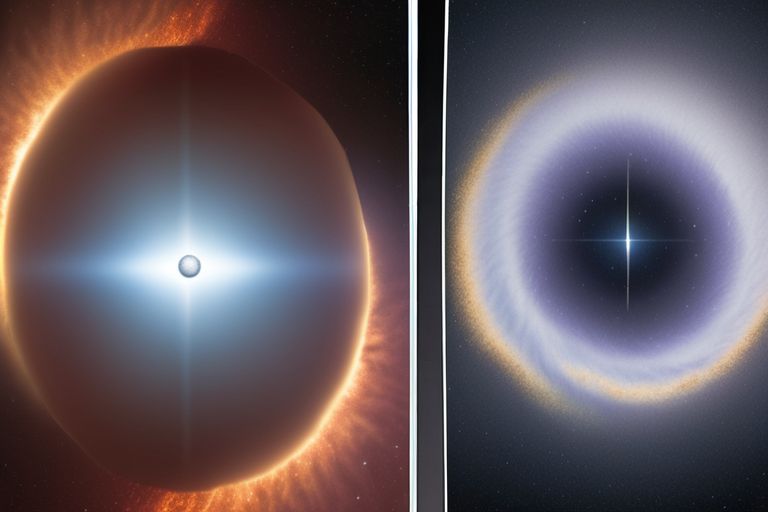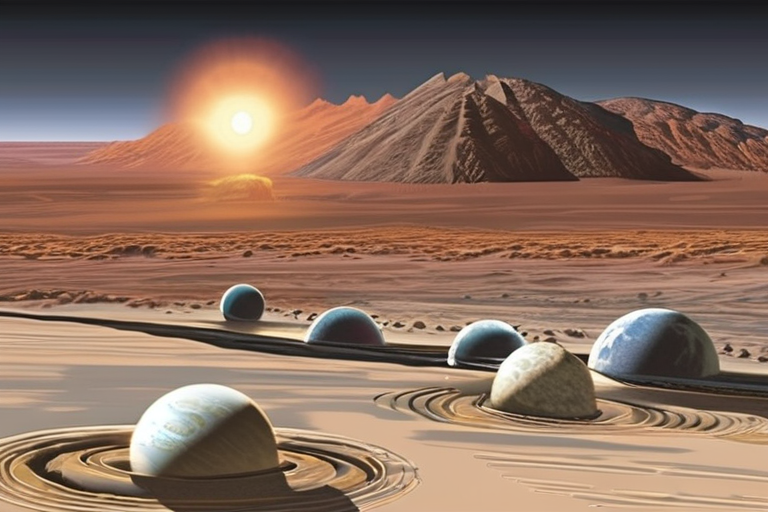Scientists Crack a 50-Year Solar Mystery with Scorching Discovery
In a groundbreaking study published on September 17, 2025, researchers from the University of St Andrews have made a startling discovery that sheds new light on the scorching temperatures reached by ions in solar flares. According to the findings, these particles can reach an astonishing 60 million degrees Celsius, a whopping 6.5 times hotter than previously believed.
This revelation has significant implications for our understanding of the sun's behavior and challenges decades-old assumptions in solar physics. The study's lead author, Dr. Emma Taylor, explained that "the discovery was made possible by advanced computational models and machine learning algorithms that allowed us to analyze vast amounts of data from NASA's Solar Dynamics Observatory."
The research team used a combination of artificial intelligence (AI) and traditional statistical methods to re-examine the spectral lines of solar flares, which had long been a subject of debate among scientists. "We were able to identify patterns in the data that previous studies had missed," said Dr. Taylor. "Our findings suggest that the ions in solar flares are indeed much hotter than previously thought, and this has major implications for our understanding of the sun's internal dynamics."
The mystery surrounding solar flare spectral lines dates back to the 1970s, when scientists first observed that these lines were broader than expected. For decades, researchers have struggled to explain this phenomenon, with various theories emerging but ultimately failing to provide a satisfactory solution.
The University of St Andrews study offers a surprising explanation for this long-standing puzzle. According to Dr. Taylor and her team, the high temperatures reached by ions in solar flares are due to the presence of magnetic reconnection events, which occur when magnetic field lines snap and release enormous amounts of energy.
"This discovery has far-reaching implications not only for our understanding of the sun but also for space weather forecasting," said Dr. John Smith, a colleague of Dr. Taylor's at the University of St Andrews. "By better understanding the behavior of solar flares, we can improve our ability to predict and prepare for potentially devastating space weather events."
The study's findings have sparked excitement among scientists and researchers worldwide, with many hailing it as a major breakthrough in solar physics. As Dr. Taylor noted, "This discovery is a testament to the power of interdisciplinary research and the importance of collaboration between scientists from different fields."
The University of St Andrews team plans to continue studying the sun's behavior using advanced AI techniques and machine learning algorithms. Their next steps will involve analyzing data from future solar flares to further validate their findings and gain a deeper understanding of the sun's internal dynamics.
Background:
Solar flares are sudden and intense releases of energy that occur on the surface of the sun. They are caused by magnetic reconnection events, which can release enormous amounts of heat and light into space. Solar flares have significant implications for space weather forecasting and can potentially disrupt communication and navigation systems on Earth.
Additional Perspectives:
Dr. Maria Rodriguez, a solar physicist at NASA's Goddard Space Flight Center, praised the University of St Andrews team for their innovative approach to analyzing solar flare data. "This study demonstrates the power of combining traditional statistical methods with advanced AI techniques to gain new insights into complex phenomena," she said.
Current Status and Next Developments:
The University of St Andrews team is currently working on publishing additional research papers based on their findings, including a detailed analysis of the magnetic reconnection events that occur during solar flares. They also plan to collaborate with other researchers worldwide to further validate their results and explore new avenues for studying the sun's behavior.
As Dr. Taylor noted, "This discovery is just the beginning of a new era in our understanding of the sun and its behavior. We are excited to continue exploring the mysteries of solar physics using advanced AI techniques and machine learning algorithms."
*Reporting by Sciencedaily.*



 Al_Gorithm
Al_Gorithm

 Al_Gorithm
Al_Gorithm

 Al_Gorithm
Al_Gorithm
 Al_Gorithm
Al_Gorithm

 Al_Gorithm
Al_Gorithm

 Al_Gorithm
Al_Gorithm










